States eligibile for below invoice pricing and 100% free delivery:
Alabama, Arkansas, Texas, Oklahoma, Florida, Georgia, Kentucky, Louisiana, Maryland, Delaware, Mississippi, North Carolina, South Carolina, Tennessee, Virginia, and West Virginia.
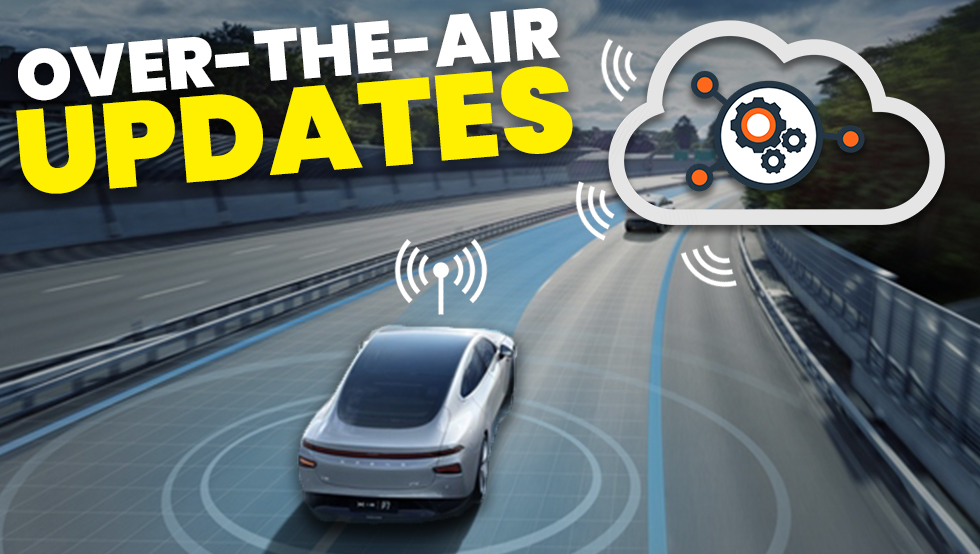
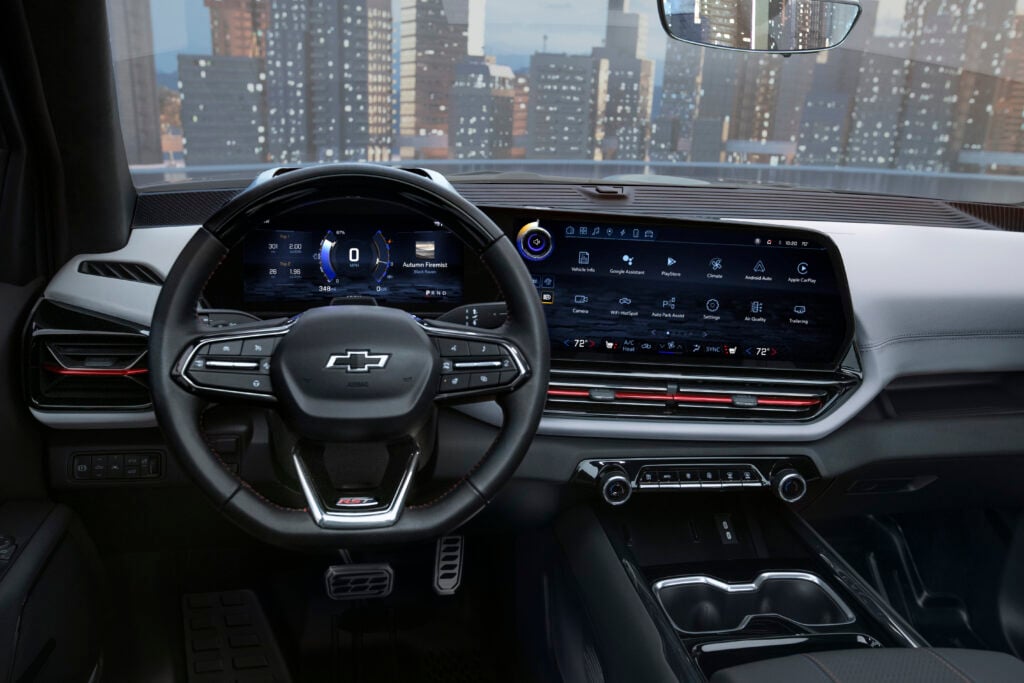
At what point does a car become more of a computer on wheels? Computer integration in the automotive industry is nothing new, however it’s accelerating at breakneck speed. Both software and hardware become outdated in no time at all. Is there a way for car buying habits to steer clear of the two-year replacement cycle that smartphones have fallen into?
As soon as computers grew wheels (in the form of electric vehicles), forward-thinking automakers launched over-the-air (OTA) update capabilities. Tesla was the first to do it, and now the likes of Ford, GM and Volkswagen are among the legacy OEMs marketing their vehicles as OTA-ready. Although, not all who’ve tried it have succeeded without hiccups. Here’s how OTA updates are changing car ownership, and what’s to come in the years ahead.
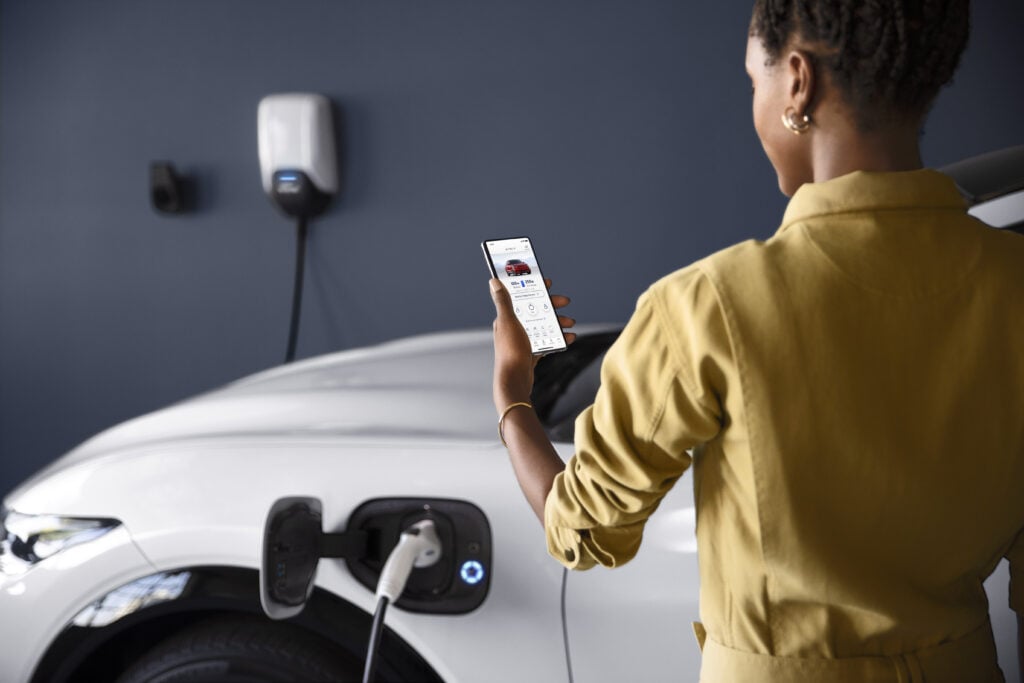
You know when your phone gives you a push notification about scheduling a time to install the latest software updates and bug fixes? Well, cars can do that too now. OTA updates are not just for software fixes. With OTA capability, vehicles can receive enhanced performance and safety improvements via a simple wireless internet connection.
OTA updates eliminate the need for making a service center visit for many simple fixes and updates. The updates are sent and downloaded via access to a cloud-based server with a wireless internet connection. Many updates are free of charge, and all safety enhancements are at no cost. However, we are entering a new era where OTA presents a new revenue stream for car makers.
Everyone’s getting in on the subscription business, and the auto industry is no different. There are two kinds of OTA updates: those for infotainment, and those for vehicle performance and control. They may target either software or firmware, the latter of which required more advanced security protocols to implement.
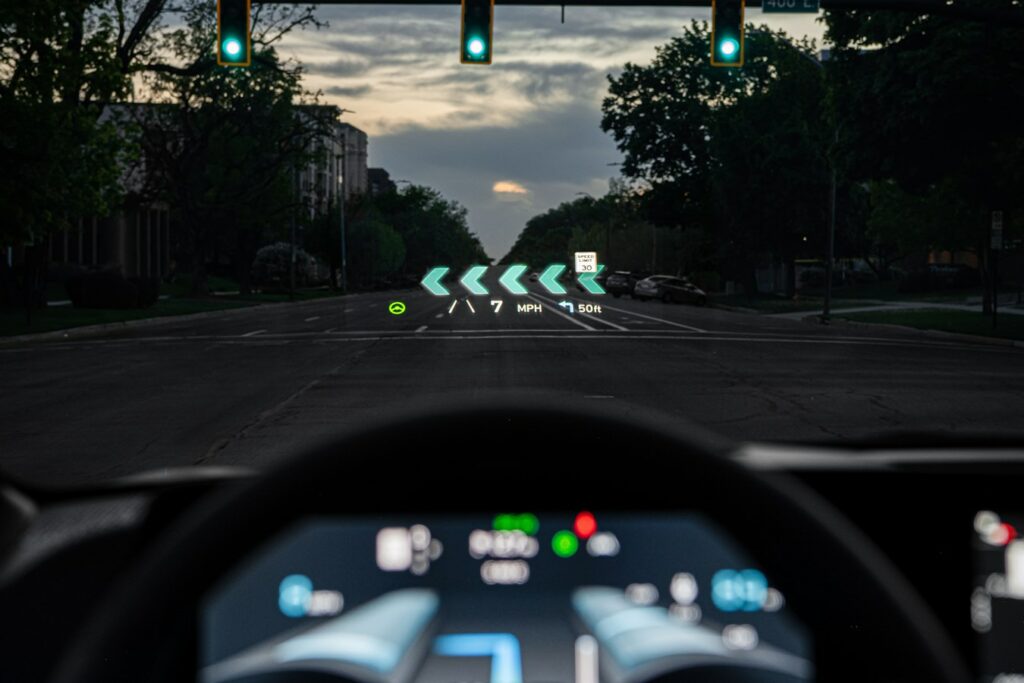
Infotainment updates improve the user experience. A classic example is how Volkswagen ID.4 owners are pleading for an improved infotainment performance after the original equipment was delivered with a laggy touchscreen and haptic buttons. Fortunately for ID.4 owners, the car is among VW’s first generation of OTA-capable models, and a fix is on the way.
Sometimes, OTA revisions cause frustration and even anger from customers. Tesla recently pushed the Version 11 user interface to all of it’s vehicles via over-the-air download. The result was strong critical feedback from customers, most of whom were complaining about the automaker trying to fix something that wasn’t broken.
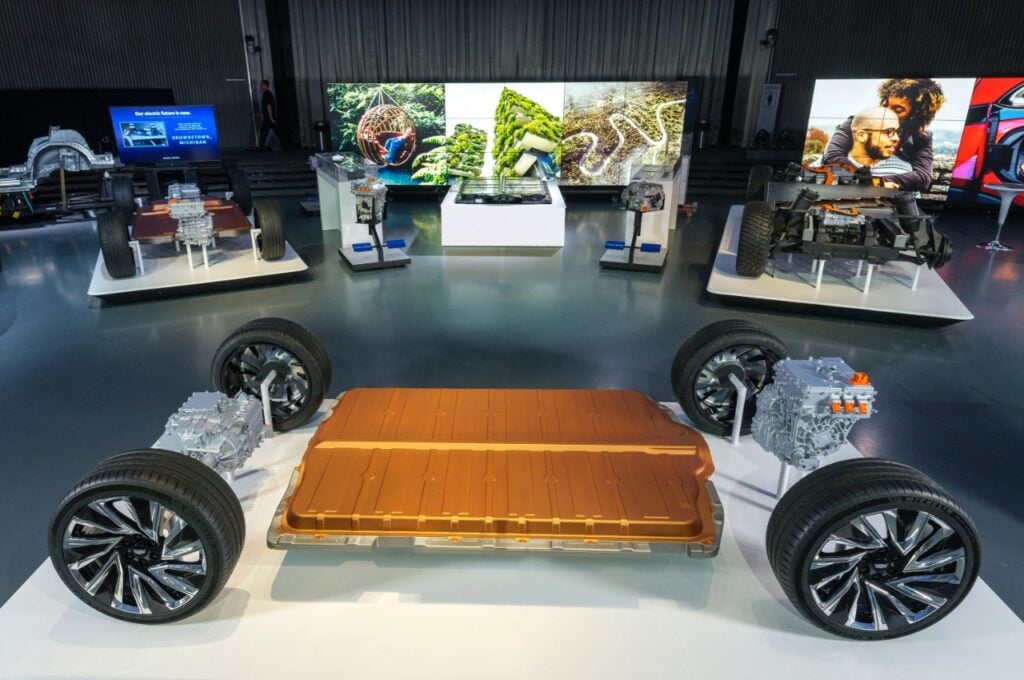
How is it that the 2023 Tesla Model 3 has a quicker 0-60 time now than it had when it was first purchased? Or how Tesla vehicles can gain or lose access to the controversially-named ‘full self-driving’ based on driver safety scores? With OTA capability, automakers can send everything from a power boost to a pedestrian avoidance feature to cars already in driver’s hands.
Vehicle performance and control updates can include updates to the vehicle’s powertrain, chassis systems, and advanced driver assistance systems (ADAS). Of course, updates to these critical components of a vehicle are only possible when the components are electronically controlled and operated. For this reason, an older car model can’t be retrofitted to become OTA capable.
Tesla was the first automaker to roll out over-the-air capabilities with the launch of the Model S in 2012. After years of skepticism from the competition, here are the other OEMs that have announced or commenced OTA updates in their vehicles:
| Automaker | OTA-Upgraded Components |
| Audi | Navigation |
| BMW | Infotainment, optional features |
| Ford | ADAS, several other components |
| General Motors | Nearly every vehicle component on EVs, major components on combustion vehicles |
| Honda | Infotainment |
| Hyundai | Infotainment, voice assistance |
| Jaguar/Land Rover | Infotainment, charging capabilities |
| Lucid | Nearly every vehicle component and system |
| Mercedes-Benz | Infotainment, navigation |
| Nissan | Infotainment |
| Polestar | Nearly every vehicle component and system |
| Porsche | Limited functions |
| Rivian | Nearly every vehicle component and system |
| Stellantis (FCA) | Infotainment |
| Tesla | Nearly every vehicle component and system |
| Toyota | Infotainment |
| Volkswagen | Several vehicle components and systems on EVs |
| Volvo | Nearly every vehicle component and system |
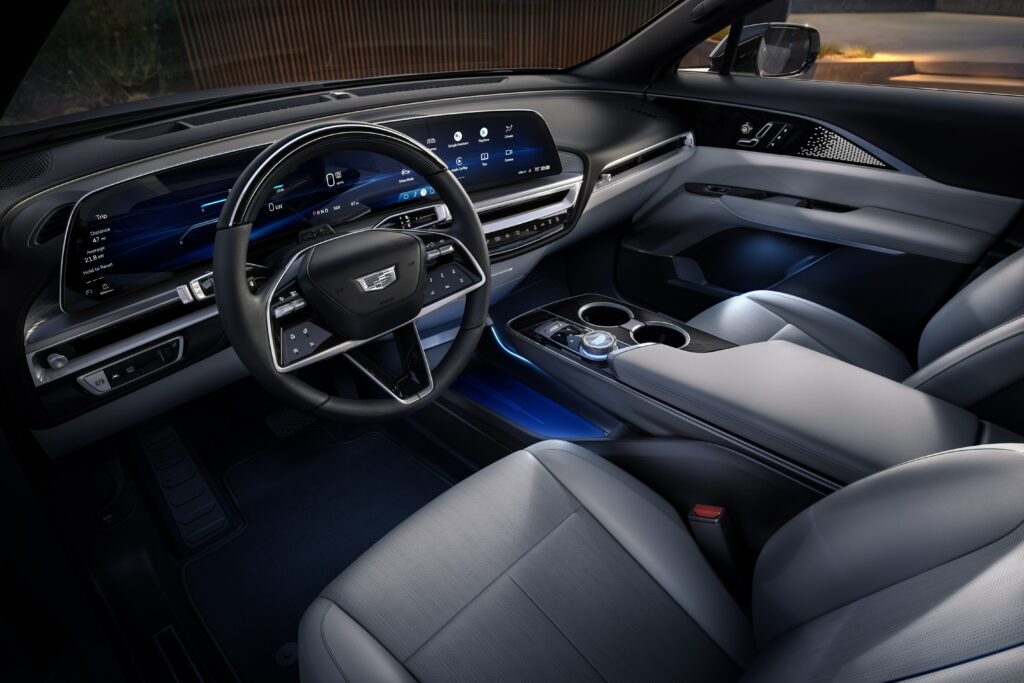
We’re used to having virus protection on our computers. If we don’t, bad guys will find a way to compromise the computer and access personal information. Are the same security and privacy concerns applicable to automotive OTA updates?
Since OTA updates require a wireless internet connection to install, there are risks for malware and the unintended release of personal information. The best way to protect yourself from these risks is to only accept OTA updates while connected to a secure network, such as the wifi network at your home. Don’t try updating your car at the fast food or coffee shop drive thru!
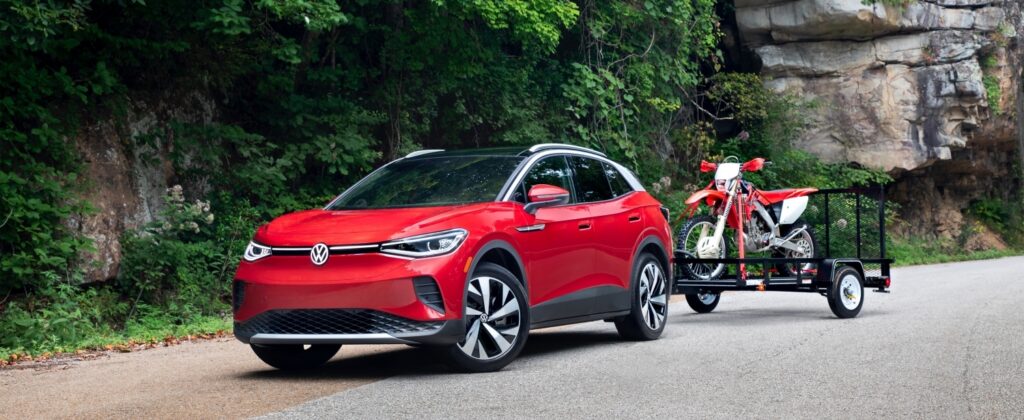
Over-the-air updates are about to take the auto industry by storm. Now that major OEMs are proudly marketing their ability to improve the user experience (which itself sounds like they’re selling more of a tech product than a car), a paradigm shift is at hand. Volkswagen Group CEO Herbert Diess recently told The Verge about VW’s plan for a reimagined future where the relationship between the automaker and customers is more intimate and dynamic with the power of OTA updates and new ways of customizing the ownership experience.
“Imagine: for a long time, we did not have access to a customer as a company. The customer access was exclusively with our retail network. What we experienced over time was that people walk away from our retail outlets and go to third parties to substitute some of the spare parts or buy new tires. Now, we have a new opportunity to be in direct contact with the customer, which is totally new for us.”
Not only is the largest automaker in the world committing to OTA capability, the likes of Ford, GM and even tech-cautious Toyota are joining the bandwagon too. Will OTA updates remain a free upgrade for millions of car owners? Unfortunately, that’s already slipping away. Tesla offers acceleration boost upgrades for its popular Model Y for $2,000, and Toyota recently tried making customers pay for remote start, a feature that is OTA-controlled.
Even the CEO over at Volkswagen Group acknowledges the new money-making avenues made possible by software updates, telling The Verge that eventually, customers will have to pay for what they want.
“We have that revenue in mind for sure as well. Customers will be prepared for some features they didn’t buy at the start, probably after a few years or after a few months — even if they consider taking another option or another software feature, the customers would be prepared to pay a monthly fee or a one-time expenditure.”
There are advantages and disadvantages of OTA update capabilities, but it seems that the advantages far outweigh any negatives that may come with this game-changing technology. As Tesla has shown the industry, there’s a future not too far away when most recalls may be fixed via a quick overnight update, and vehicles get better over time, helping them to retain resale value.
Are you ready to treat your vehicle more like a smartphone than a means of transportation? What do you think the outcome of this major industry shift will be for consumers, dealers and automakers? Will dealerships falter without the steady stream of vehicle service that they’re used to? Only time will tell.
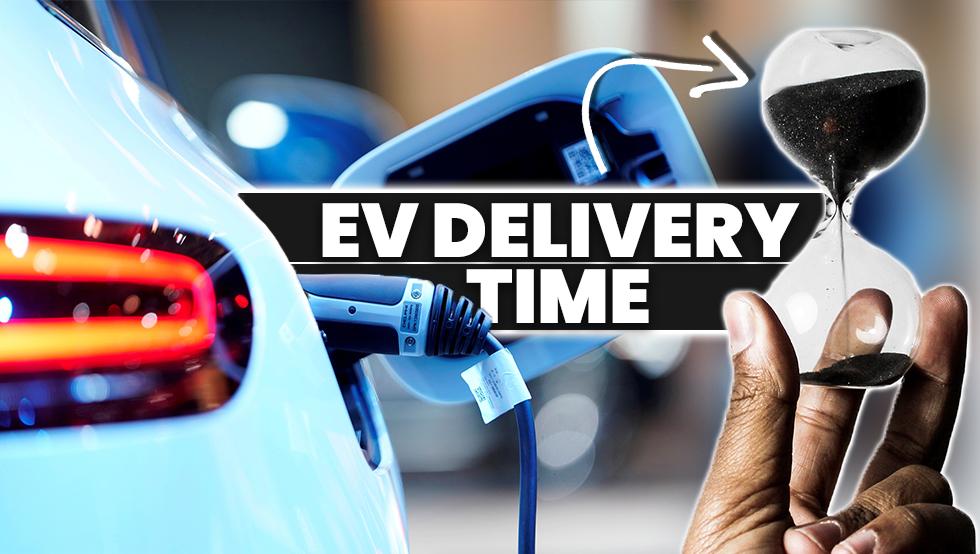
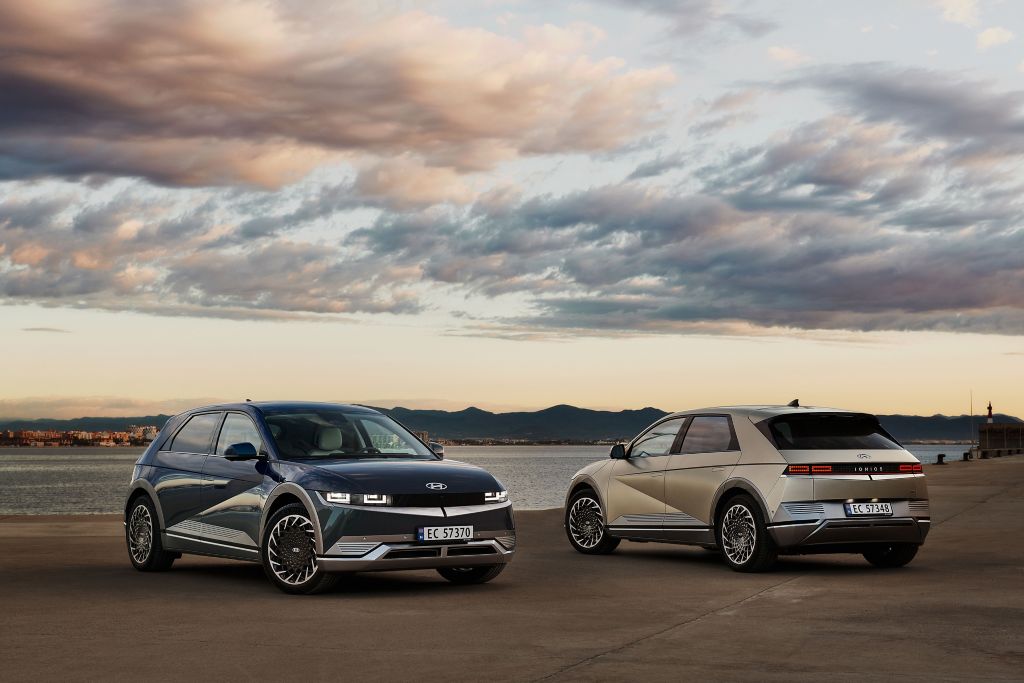
(Updated for Summer 2022)
As anyone who’s fallen head over heels for one of the many 2022 electric vehicles and clicked that ‘Order’ button can attest, just because you can order an EV in 2022 doesn’t mean you can drive it home this year. This was a problem I faced myself, but I finally broke the code and got a Hyundai IONIQ 5 at MSRP (here’s how).
Soon after I began my online car search, it became clear that if I wanted a brand-new vehicle, my options were limited by availability. To make the most of the situation, I thought I’d share what I’ve learned about the availability and estimated delivery times for EVs on the market today. Here’s what we know as we kick off the new year.
Note: These are fully-electric models that can either be ordered now or purchased at a dealership today. Many more have been announced but are not yet officially available.
A few things might stand out to you on this list. Not a lot of options are available if you need a new vehicle right now. VW Group’s new EVs are available at many dealerships, although there are reports of major dealer markups. It’s quite easy to find EVs of the previous generation on dealer lots. Think Kia eNiro, Hyundai Kona EV, Nissan Leaf and the like.
The vast majority of 2022 electric vehicles are crossovers. No surprise there given the sales trends over the past decade. Honda doesn’t have a single EV arriving in the North American market until the 2024 Prologue electric SUV. That is surprising considering the popularity and good reputation of the brand. What will it take for automakers to catch up to demand? An end to the chip shortage would be a great step in the right direction. There’s also the supply versus demand factor. Ford, Rivian, Tesla and VW are all swamped with orders well into 2022, and even into 2023. All except Tesla are EV newcomers who are facing the same production ramp-up struggles that Tesla just barely survived a few years ago. We’ll update this page regularly as more information becomes available, so save it to your bookmarks!
Did we miss anything? Let us know in the comments below, or shoot an email to justin@CarEdge.com.
Notifications